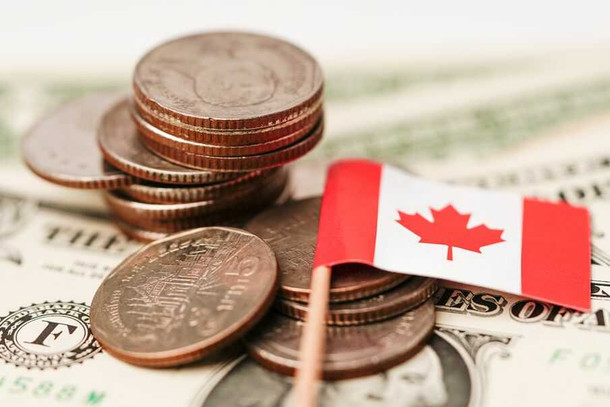The Bank of Canada (usually abbreviated to BOC) is the central bank, and therefore the authority on conducting monetary policy in the Dominion of Canada. Although it is a government entity, it belongs to its people. It was built and established in the capital, Ottawa, in 1934, where it is also located today.
The Bank of Canada is not a commercial bank, so it works differently than other bank entities. It doesn’t have accounts or other banking services for regular customers.
The history behind the BOC
The BOC was created initially as a private corporation to avoid any relationship with political issues. Before it, the main functions of a central bank were done by the Bank of Montreal, which was the largest bank entity of the country at that moment.
Most of its roles and vision haven’t changed from the moment it was created. During the complicated years around World War II, the BOC was in charge of raising funds to help the allies, creating the Victory Bonds. Once the war was over, the Bank of Canada continued with the crucial role of the central bank and focused mainly on keeping the interest rates of the country low.
What is its role?
As a Central Bank, the BOC is in charge of four areas. The main of these areas would be the monetary policy, managing the supply and demand of the money that flows through the country. The other areas are related to the currency, the managing of the country’s funds, and designing banknotes.
The BOC procures to set the interest rates at levels that will keep inflation stable. The governors get together on BOC meetings to decide the interest rates reunions eight times a year. They also hire an outside printing company to print their paper money. The company marks each paper with a specific authentication process, making it challenging to achieve a successful falsification.
How is it organised?
Even though the BOC is a government entity, its structure is based on a corporative one. The main functions of the bank are the responsibility of the BOC governor. The Minister of Finance selects the bank's board of directors, and their jobs have a duration of three years. This board is in charge of selecting the governor and senior deputy governor of the bank.
As representation for the government, there is a Deputy Minister of Finance on the board of directors, but this character doesn’t have a vote for the selection of the governors. The governor and senior deputy governor service have a duration of seven years.
How to trade using it as reference
Forex traders must pay attention to the regulations and changes in monetary policy that the BOC Governing Council decides during the meetings, eight times a year. The BOC is one of the most stable central banks, considered as a dovish bank for keeping the interest rates low. Therefore, a sudden change in their strategy must be taken into consideration. This usually means that they are focusing on boosting the country’s economy even if they increase interest rates, but still keeping them low in comparison to other countries.





